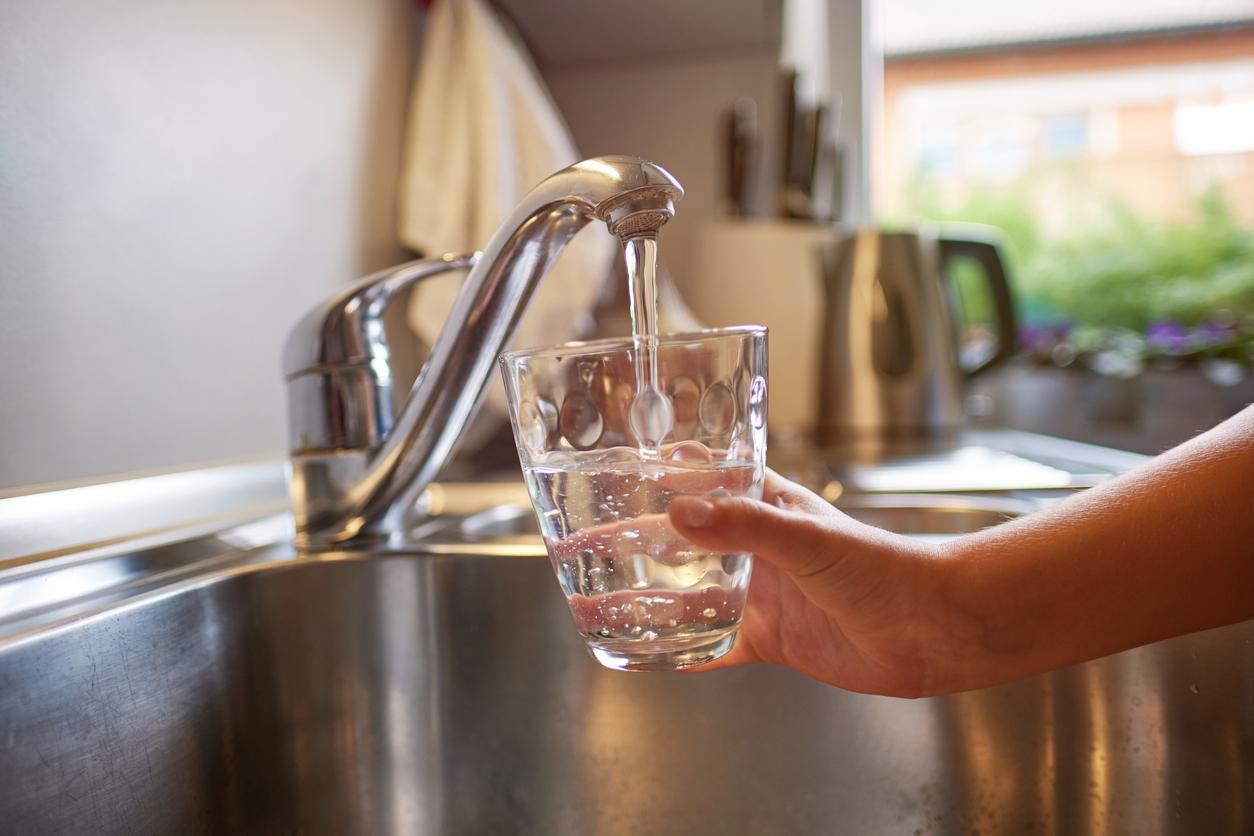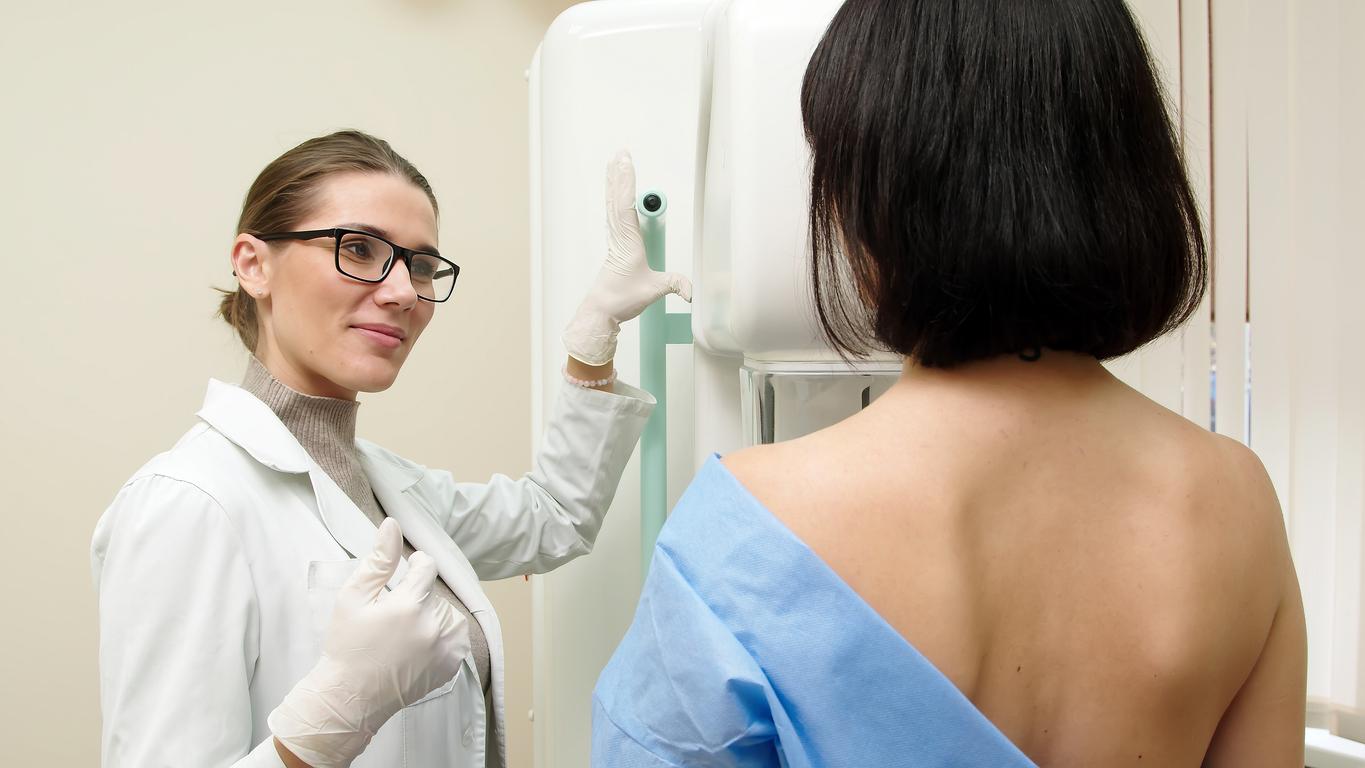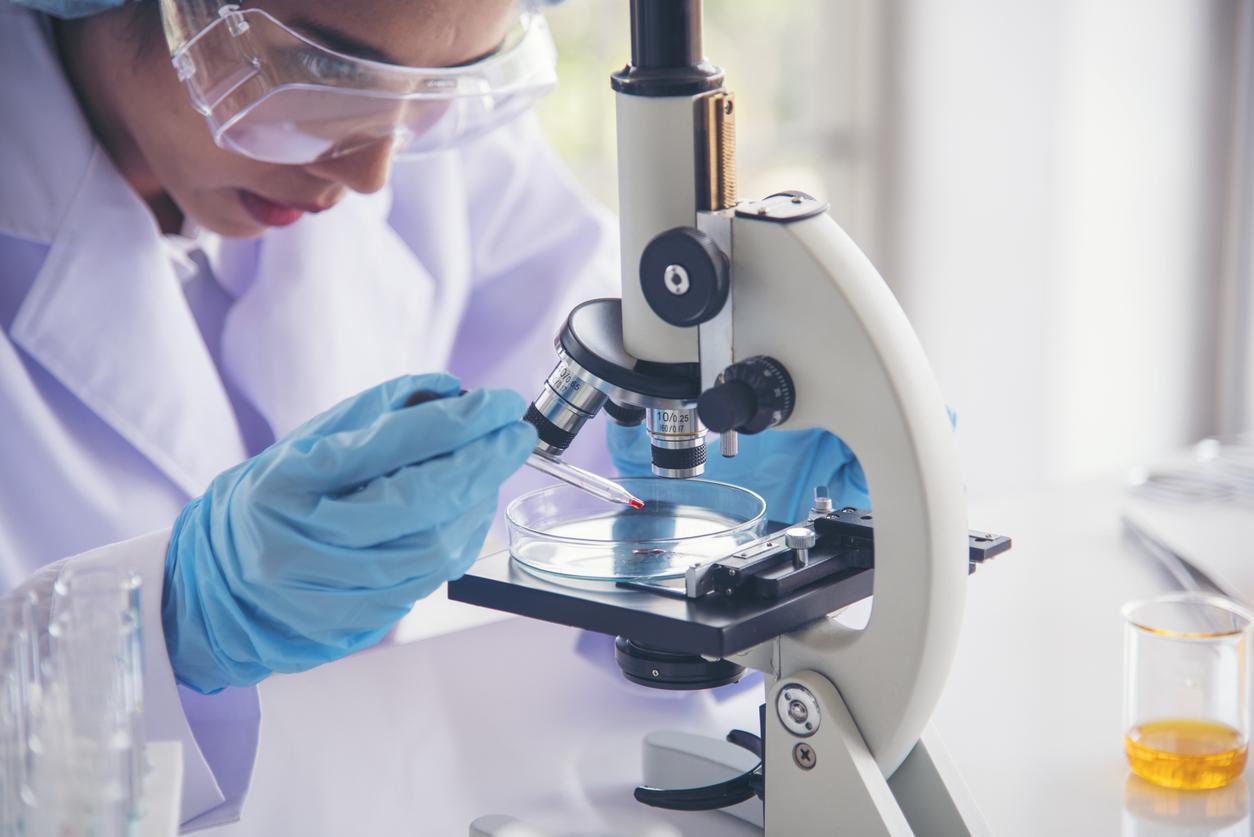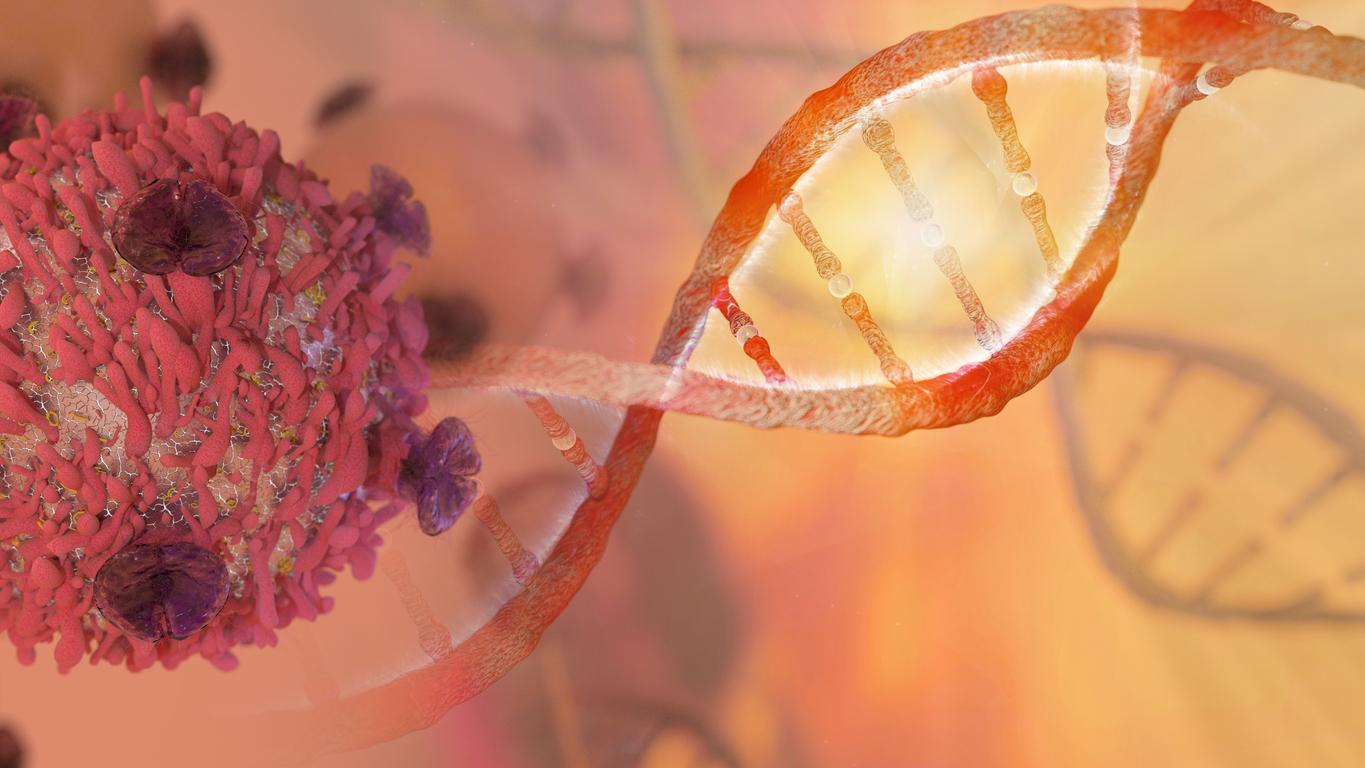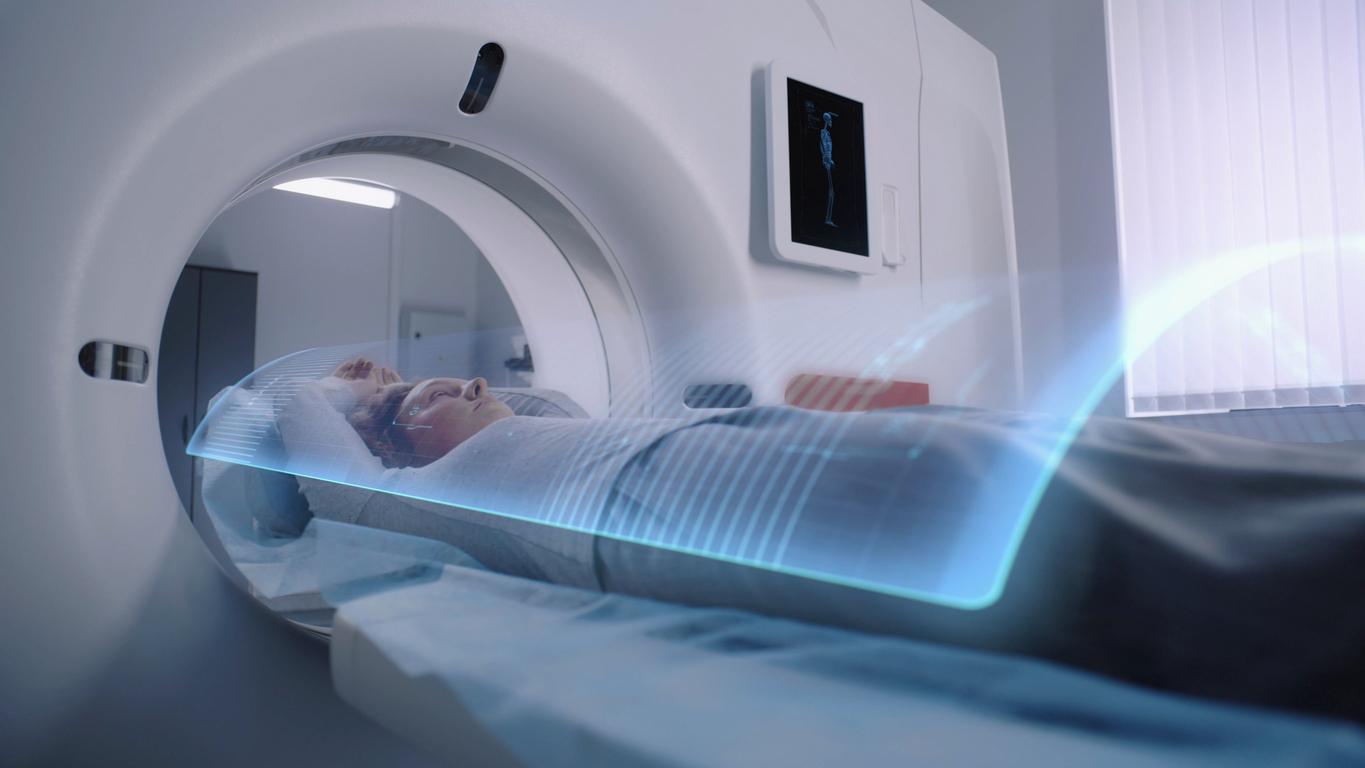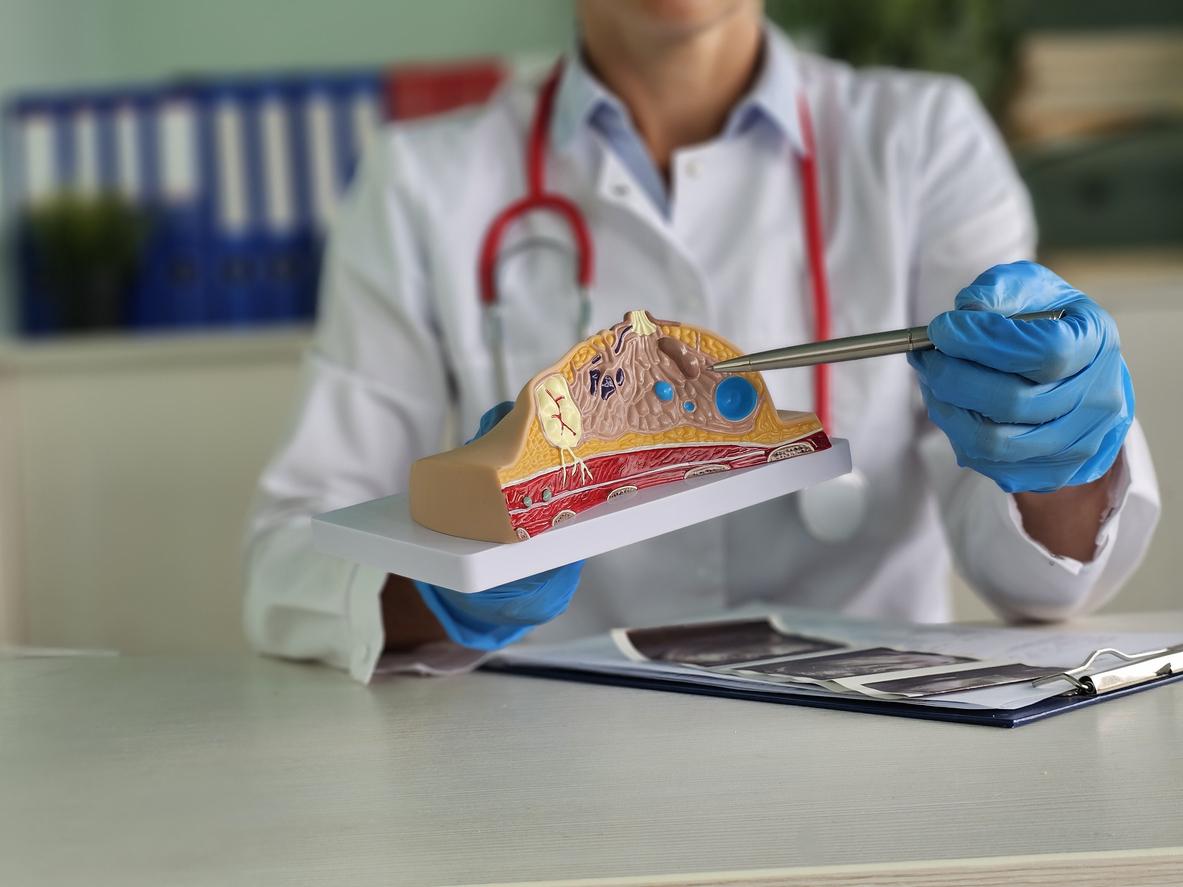Better treatment of tap water and our swimming pools would prevent nearly 3,000 bladder cancers annually in Europe. A problem mainly attributable to water disinfection products, in particular the chlorination of drinking water, which are globally carcinogenic.

While water disinfection is essential, it is not without risk. A new study, published in the journal Environmental Health Perspectives (EHP), exposes the unintended consequences of treating our tap water or swimming pool water. On the front line, bladder cancers, of which 4.9% of the 135,000 annual European cases result from these disinfection products, according to the study.
The THMs in question
Each year, trihalomethanes (THMs), by-products of drinking water disinfection, are thought to be responsible for more than 6,500 cases of bladder cancer across Europe. Previous studies have shown that excessive exposure to THMs from water chlorination — the main method of water disinfection — leads to an increased risk of bladder cancer. According to European regulations, their presence in water must not exceed the threshold of 100 micrograms per liter (µg/L). A limit that no European country exceeds.
For this study, the researchers studied data from European Union countries between 2005 and 2018. If disparities exist between the different countries, lowering the THM level in the thirteen worst students who have the highest concentration would help reduce the number of bladder cancers by 43.7% per year, or more than 2,800 cases.
France in the European average
France is within the European average with an average concentration of THMs in drinking water of 11.7 µg/L. These drinking water treatment products are responsible for nearly 750 cases of bladder cancer out of the 15,000 diagnosed each year. An overall result that hides regional disparities: in Paris, the concentration of THMs in water is 13.76 µg/L, while in Vendée, several towns show a rate exceeding 400 µg/L, far exceeding the European threshold.
Among the good European students, let us mention Denmark, the Netherlands, Germany and even Lithuania, whose THM level does not exceed 1 µg/L. In these countries, the cases of bladder cancer attributable to these products do not exceed one hundred. Romania brings up the rear of the countries of the European Union with a concentration that exceeds 90 µg/L and which is responsible for almost a third of the approximately 3,000 cases of bladder cancer each year.
An unknown evil
The involuntary problem caused by disinfection remains generally poorly known and little controlled. Most of the chemicals used are unregulated while many are considered carcinogenic and are associated, as this study shows, with bladder cancer. Moreover, the researchers note that their effect on human health remains insufficiently studied.

.








